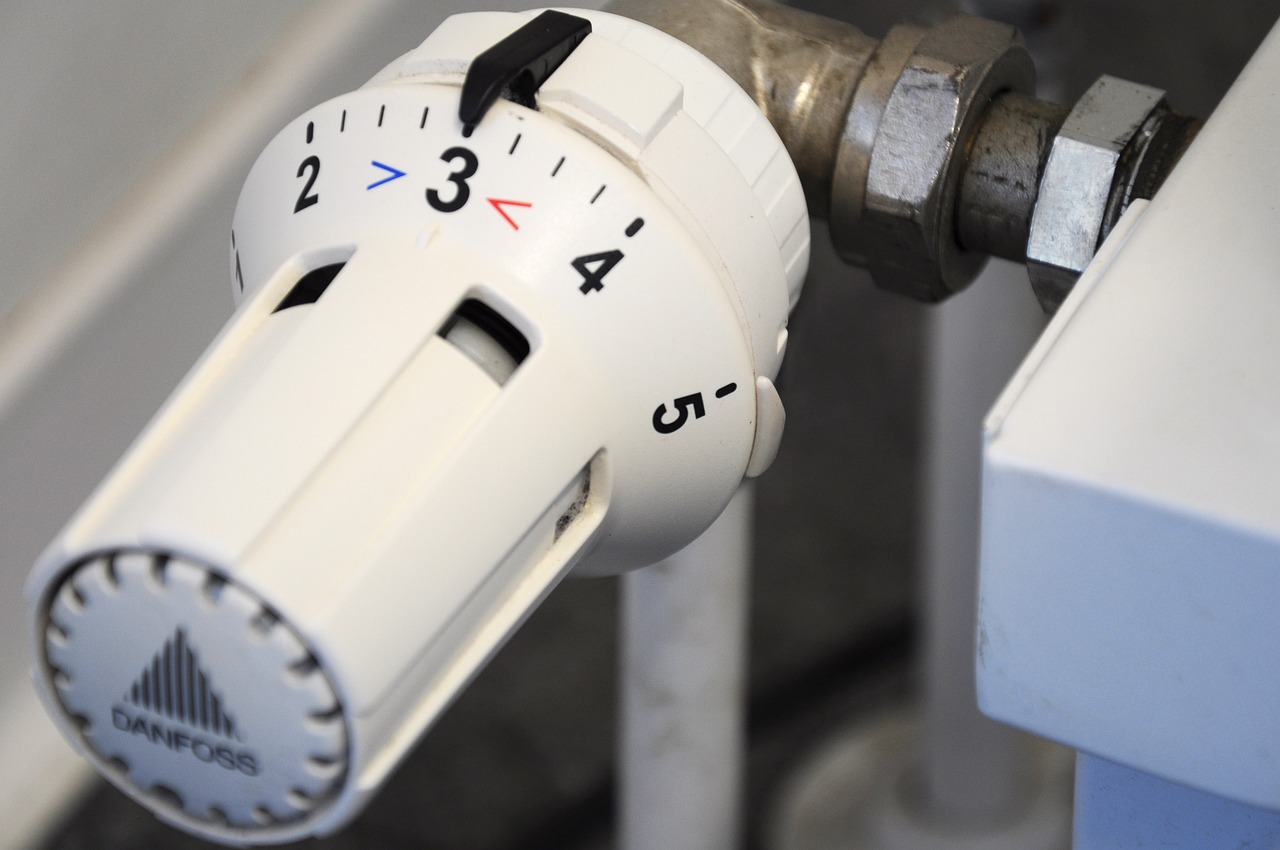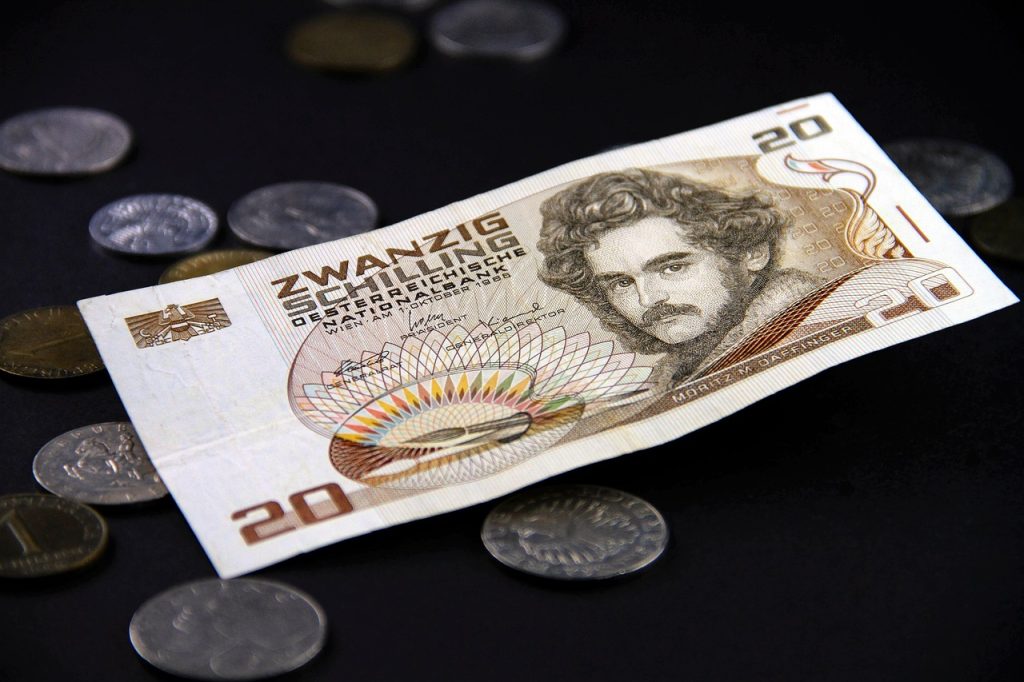If you turn it up, it will (hopefully) get warmer—so far, so good. But what temperature do the numbers on the thermostat stand for? Here is a brief overview:
Asterisk: around 5 degrees, protects the heating from frost
Level 1: around 12 degrees
Level 2: around 16 degrees
Level 3: around 20 degrees
Level 4: around 24 degrees
Level 5: around 28 degrees
Sun: It stands for a basic setting at 20 degrees
Half moon: It stands for a night setback at 14 degrees
In an average household in Austria, around half of the energy consumed is used for heating in the cold season, and the rooms are usually too warm. This calculation example demonstrates that haggling over every degree doesn’t just pay off in terms of well-being. “Lowering the room temperature by just one degree Celsius already saves around six percent heating energy,” says Sabine Seidl from the Austrian environmental consultancy. The recommended temperature in heavily used rooms is a maximum of 22 degrees Celsius; in rooms that are rarely used or in bedrooms, no more than 18 degrees Celsius. Therefore: turn down the thermostat and take the opportunity to check whether the automatic night-time reduction is switched on.
This post has already been read 8312 times!



